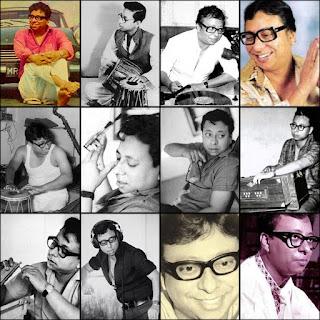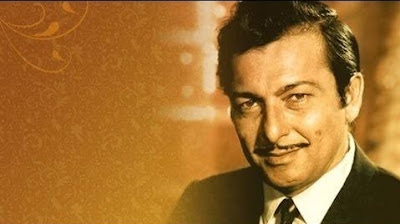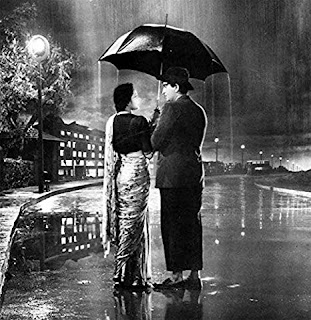PART 10 OF 10: PANCHAM, ROCK AND ROLL, AND TRENDSETTERS

When did Pancham's youthful exuberance start expressing itself through his music? Was it from his first movie or did he pick it up along the way? He had certainly shown glimpses of it before, but I think it was with the 1973 film, 'Yaadon Ki Baaraat', that he went totally "yahoo". The energy and the verve of his melodies, which is what his fans relish about him even to this day, reached another level after scoring for this Nasir Husain classic. It is not like he was a straight jacket before this. After all, he had made Shammi Kapoor reach ecstatic states with 'Aaja aaja' and 'O haseena zulfon wali' in 'Teesri Manzil'. That was in 1966. With Asha Bhosle's crooning and Helen's hip-shaking (and men's heart skipping), he started a new genre in Hindi film music, after the raunchy 'Piya tu ab tu aaja'. With 'Yeh diwani yeh jawani', ‘Chala jaata hoon’ and the like, he made Kishoreda go zanier than before (and that is ...





